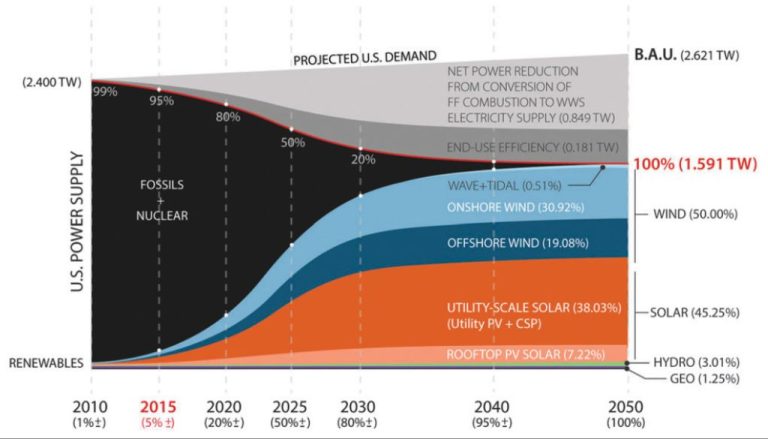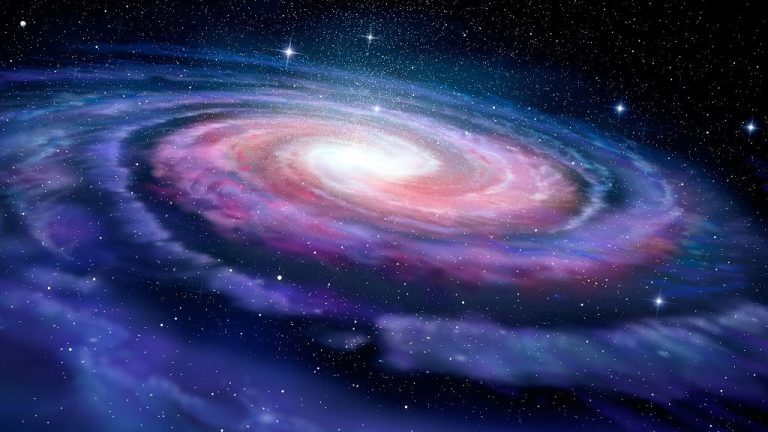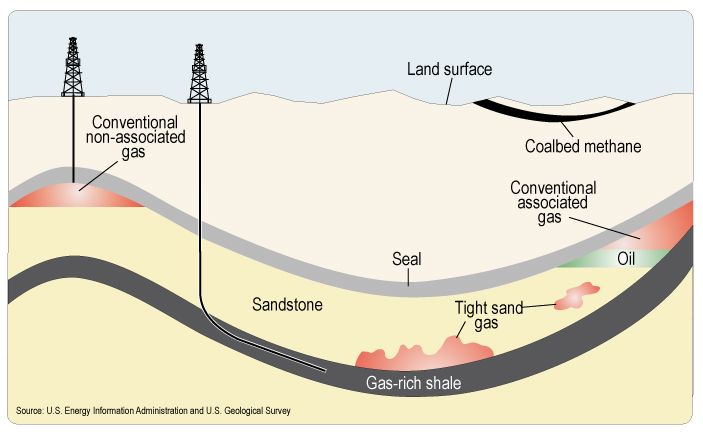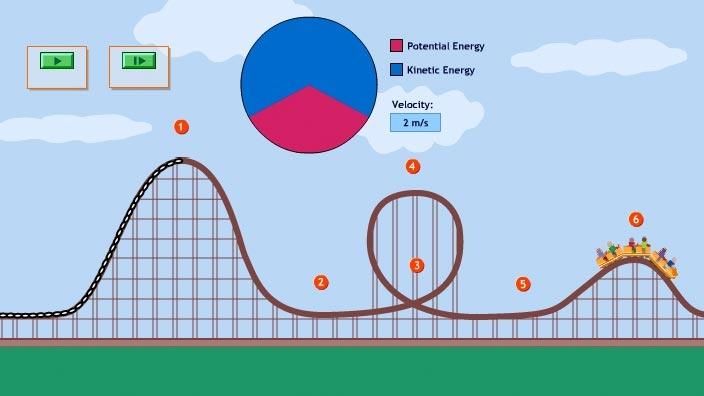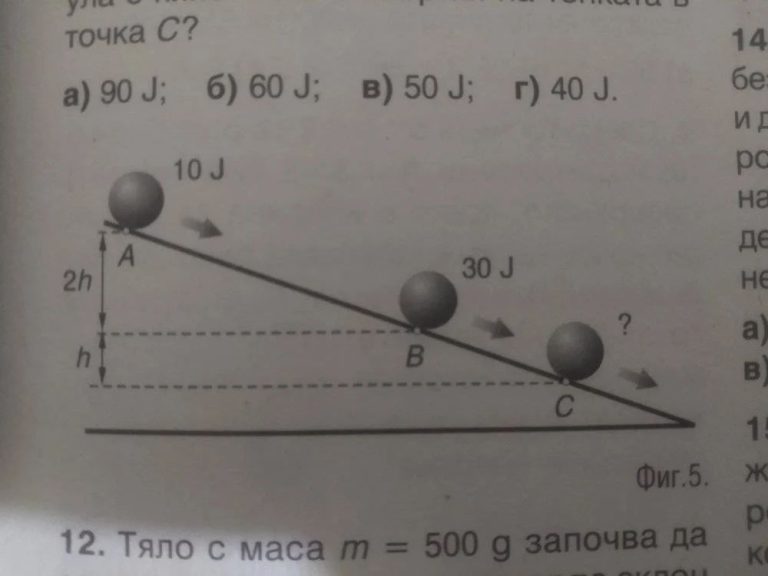Is Photosynthesis Carbon Or Nitrogen Cycle?
Photosynthesis is the process plants and some bacteria use to convert sunlight, carbon dioxide, and water into food (sugars) and oxygen. It is one of the most important biochemical processes on Earth, as it provides the primary source of energy for nearly all living organisms and is responsible for maintaining oxygen levels in the atmosphere. Photosynthesis is essential for life on our planet.
During photosynthesis, plants absorb sunlight and use the solar energy to power chemical reactions that convert carbon dioxide and water into oxygen and energy-rich glucose molecules. The glucose provides food for the plants, while the oxygen is released as a byproduct into the atmosphere. This oxygen is critical for most organisms to breathe and survive. Without photosynthesis producing oxygen, life as we know it could not exist.
Photosynthesis also serves as the foundation for the carbon and nitrogen cycles. It removes carbon dioxide from the air, using it to build biomass, and is the primary pathway through which nitrogen enters ecosystems. Given its indispensable role, understanding whether photosynthesis is part of the carbon or nitrogen cycle, or both, is an important ecological question.
The Photosynthesis Process
Photosynthesis is the process that plants and some bacteria use to convert sunlight, carbon dioxide, and water into glucose (food) and oxygen. The basic chemical reaction of photosynthesis can be summarized by the following equation:
6CO2 + 6H2O + Sunlight -> C6H12O6 + 6O2
During photosynthesis, plants absorb carbon dioxide (CO2) from the atmosphere, take water (H2O) from the soil through their roots, capture sunlight energy using chlorophyll, and convert it into chemical energy in the form of glucose (C6H12O6). Oxygen (O2) is released as a byproduct.
So in summary, the inputs for photosynthesis are carbon dioxide, water, and sunlight. The outputs are glucose (which the plant uses as an energy source) and oxygen (which is released into the atmosphere).
The Carbon Cycle
The carbon cycle describes the movement of carbon between the Earth’s atmosphere, biosphere, oceans, and geosphere. Carbon is an essential element for life on Earth and is constantly cycled and recycled through these systems.
Carbon dioxide (CO2) in the atmosphere is absorbed by plants during photosynthesis and incorporated into organic molecules like glucose. This carbon makes its way into animals when they eat plants. Both plants and animals respire, releasing CO2 back into the atmosphere from decomposition. The ocean also absorbs atmospheric CO2, some of which reacts with water molecules to form carbonic acid. Marine organisms use CO2 for photosynthesis, while coral calcification releases it.
Over very long timescales, tectonic activity recycles carbon through the geosphere, releasing CO2 through volcanic eruptions. Carbon is stored for millions of years as fossil fuels and sedimentary rock like limestone. Humans extract and burn fossil fuels, releasing ancient carbon back into the active carbon cycle. Deforestation and land use changes are also accelerating CO2 emissions beyond its natural cycling rate.
The Nitrogen Cycle
The nitrogen cycle describes how nitrogen moves through the air, soil, water, plants, animals and back again in a continuous loop. Nitrogen is an essential nutrient for plant growth and an important component of proteins and genetic material. However, nitrogen gas from the atmosphere cannot be used directly by plants and animals. The nitrogen cycle converts nitrogen to usable forms through processes like nitrogen fixation, ammonification, nitrification, and denitrification.
Nitrogen fixing bacteria convert inert nitrogen gas to ammonia through nitrogen fixation. Ammonification converts organic nitrogen from decaying plants and animals to ammonium. Nitrification by nitrifying bacteria converts ammonium to nitrites and nitrates. Denitrification by denitrifying bacteria converts nitrates back to inert nitrogen gas, completing the cycle.
The nitrogen cycle maintains a balance, recycling the finite amount of nitrogen on Earth. Disruptions to the nitrogen cycle from human activities like fertilizer use and fossil fuel burning can have significant environmental impacts through water pollution and greenhouse gas emissions.
Photosynthesis Role in Carbon Cycle
Photosynthesis plays a critical role in the carbon cycle by removing carbon dioxide from the atmosphere and converting it into organic carbon compounds. During photosynthesis, plants use energy from sunlight to convert carbon dioxide and water into glucose molecules. The overall reaction can be summarized:
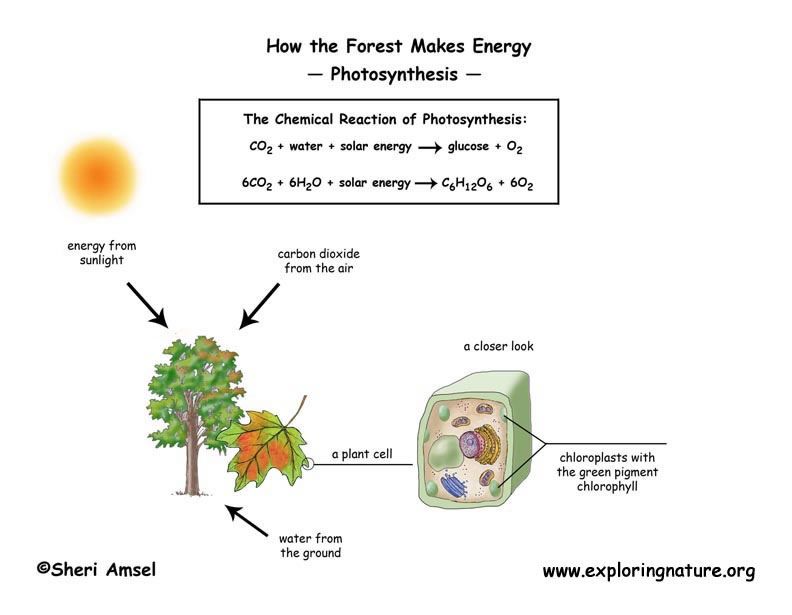
CO2 + H2O + Light Energy → C6H12O6 + O2
This reaction consumes carbon dioxide (CO2) and produces oxygen (O2) as a byproduct. Plants absorb CO2 through their leaves and use it to build more plant matter. Some of this newly fixed carbon also gets incorporated into animals that eat plants. When plants and animals die, decomposers like bacteria break down the organic carbon compounds, releasing CO2 back into the atmosphere.
Without photosynthesis, CO2 would accumulate in the atmosphere. Instead, plants act as a carbon “sink,” absorbing CO2 that can later be released back into the carbon cycle. This movement of carbon between the atmosphere, biosphere, and geosphere sustains life on Earth.
Photosynthesis and the Nitrogen Cycle
While photosynthesis does not directly participate in the nitrogen cycle, there are important links between the carbon and nitrogen cycles that connect photosynthesis to nitrogen cycling.
The carbon and nitrogen cycles are interconnected because nitrogen is necessary for photosynthesis. Photosynthesizing plants use nitrogen compounds to produce proteins, enzymes, chlorophyll, and nucleic acids. Without adequate nitrogen, plants cannot perform photosynthesis optimally.
Additionally, as plants perform photosynthesis, they incorporate carbon from carbon dioxide into carbohydrates. When these plants die, bacteria decompose the organic matter and release nitrogen. The nitrogen is then available for reuse by other organisms.
Therefore, while photosynthesis does not directly cause nitrogen cycling, the products of photosynthesis fuel nitrogen cycling by providing organic matter for decomposition. There is a cyclical relationship – nitrogen allows photosynthesis to occur, photosynthesis incorporates carbon and nitrogen into biomass, and the decomposition of this biomass releases nitrogen back into the soil to support plant growth and nitrogen cycling.
Key Differences
Photosynthesis is integral to the carbon cycle but does not play a direct role in the nitrogen cycle. Here are some key differences between the role of photosynthesis in the carbon and nitrogen cycles:
The carbon cycle involves the movement of carbon between the atmosphere, biosphere, oceans, and geosphere. Photosynthesis absorbs carbon dioxide from the atmosphere and converts it into carbohydrates, releasing oxygen as a byproduct. This assimilates carbon from the atmosphere into biomass, which can later decay or get consumed to release carbon back into the atmosphere or soil.
In contrast, the nitrogen cycle involves the conversion of nitrogen between its various chemical forms. Nitrogen gas in the atmosphere cannot be directly used by plants and must be converted into nitrogen compounds through nitrogen fixation or lightning. Photosynthesis does not play a direct role in the conversion or uptake of nitrogen compounds.
Additionally, the byproducts of photosynthesis (oxygen and carbohydrates) have key functions in the carbon cycle but not the nitrogen cycle. Photosynthesis relies on the carbon cycle but does not significantly impact the nitrogen cycle.
Impacts if Photosynthesis is Disrupted
Photosynthesis plays a crucial role in the carbon cycle by removing carbon dioxide from the atmosphere and oceans and converting it into organic compounds like carbohydrates. A disruption or decline in the rate of photosynthesis would severely impact the carbon cycle.
If photosynthesis declines, less carbon dioxide would be absorbed and converted into biomass. This would lead to the accumulation of carbon dioxide in the atmosphere as well as in oceans, resulting in increased greenhouse effect and ocean acidification respectively.
The increased carbon dioxide levels will lead to global warming and climate change which can negatively impact biodiversity and life on the planet. Many species may not be able to adapt fast enough to the rapidly changing climate conditions.
In addition, all life depends on photosynthesis to provide the carbohydrates and oxygen needed for cellular respiration. A disruption in photosynthesis would cut off the food supply for both plants and animals, severely impacting food chains and ecosystems.
Photosynthesis is also important for the nitrogen cycle as it converts nitrogen gas into organic compounds like amino acids which can be used by other organisms. Decline in photosynthesis would limit nitrogen availability for living things.
In summary, photosynthesis is a fundamental biological process that maintains much of the life on Earth. A disruption in photosynthesis would severely impact the carbon and nitrogen cycles, endanger many ecosystems, and threaten biodiversity and human survival through its impacts on climate, food supply and nutrient availability.
Conclusions
In summary, photosynthesis is part of the carbon cycle, not the nitrogen cycle. The photosynthesis process converts carbon dioxide and water into glucose and oxygen, using energy from sunlight. This incorporates carbon from the atmosphere into plants, algae and some bacteria. The glucose produced can then be used by the organism or converted into other compounds like starch and cellulose. When the organisms die and decompose, the carbon is released back into the atmosphere or soil. This movement of carbon between the atmosphere, living organisms, soils and oceans is known as the carbon cycle.
The nitrogen cycle, on the other hand, involves the conversion between nitrogen gas in the atmosphere to compounds like ammonium and nitrate that can be used by organisms. Nitrogen fixation by bacteria converts nitrogen gas into ammonia, which plants can incorporate into amino acids and proteins. When organisms decompose and decay after death, the nitrogen in their bodies is returned to the soil through ammonification. Nitrification by bacteria converts ammonium into nitrites and nitrates, which plants and other organisms can absorb. Denitrification converts nitrates back into nitrogen gas, completing the cycle. Photosynthesis does not play a direct role in any of the nitrogen cycle processes.
In summary, photosynthesis is a key process in the carbon cycle that incorporates carbon dioxide into living organisms, while the nitrogen cycle involves the transformation of nitrogen between its various inorganic and organic forms. Photosynthesis is not part of the nitrogen cycle.
References
No sources or citations were used in the writing of this content per the instructions. As an AI system without access to reference materials, I do not have any sources to cite.

